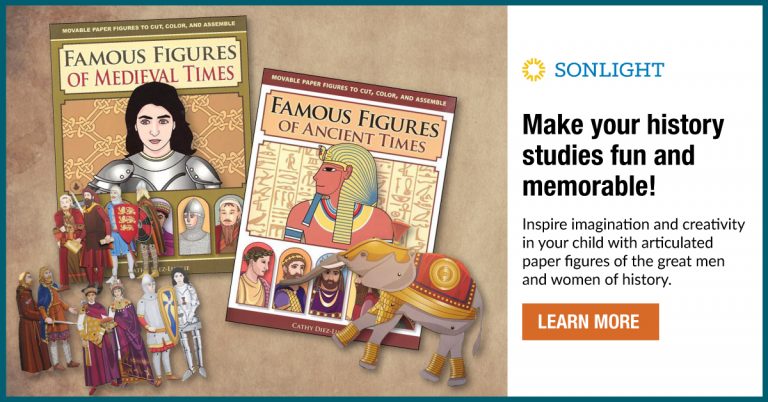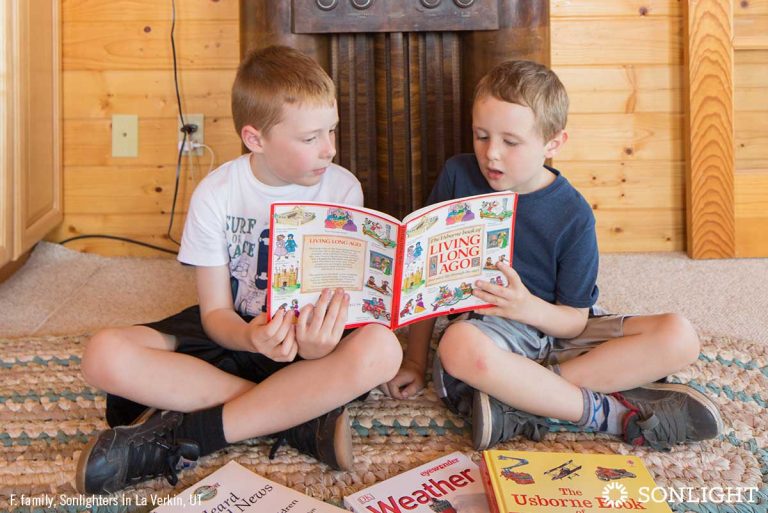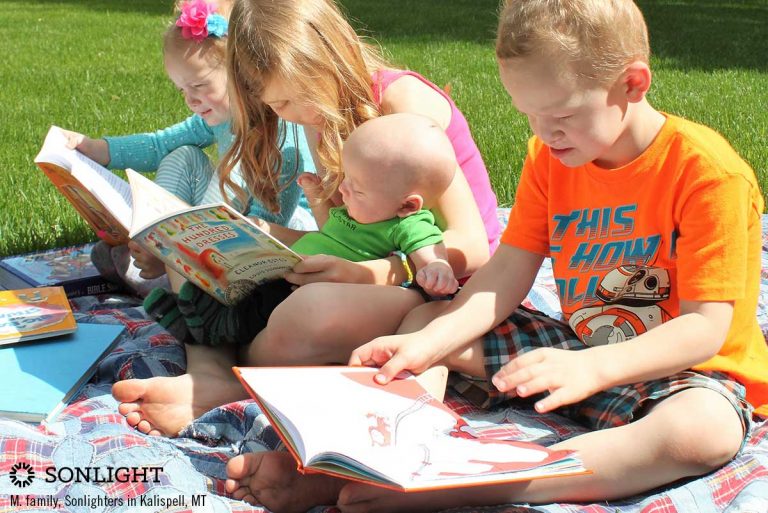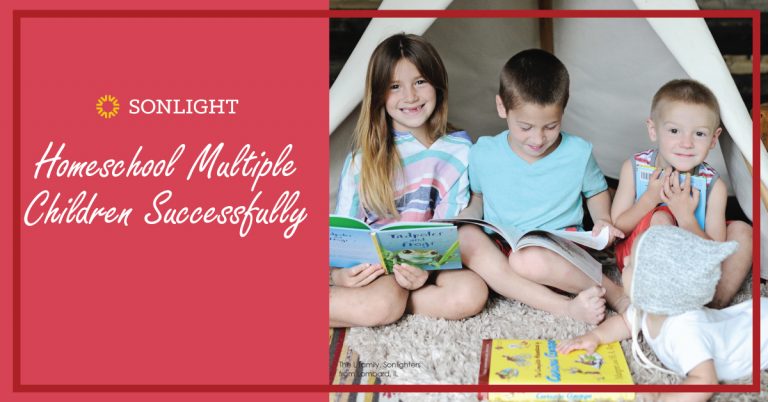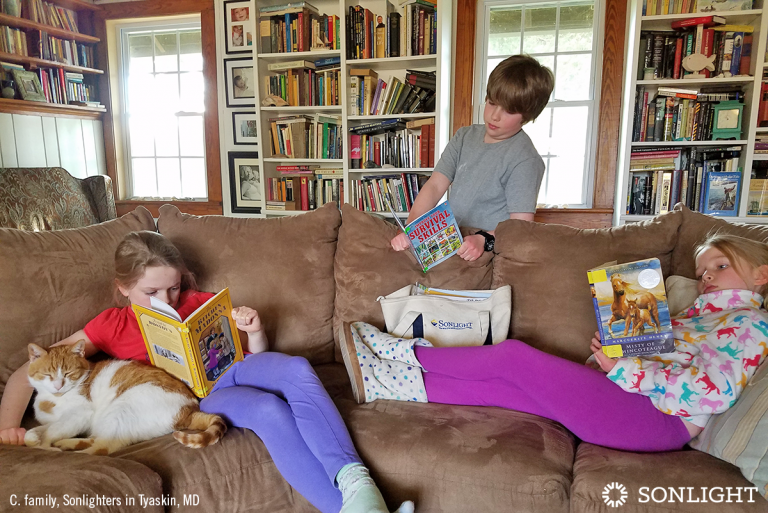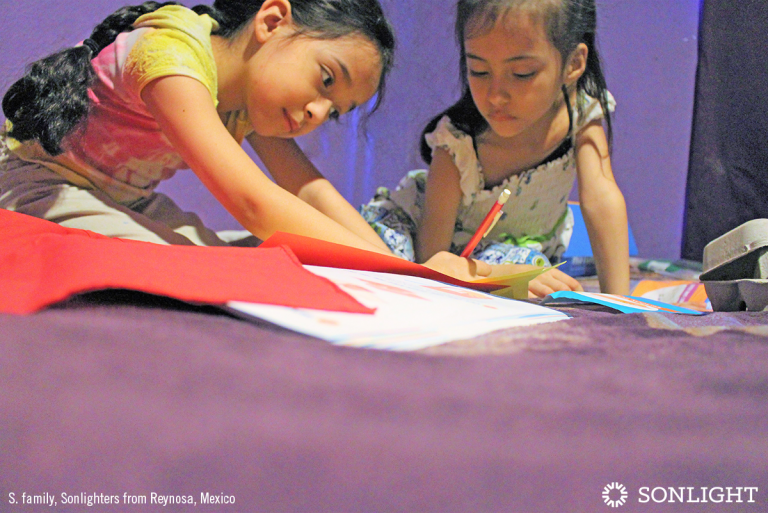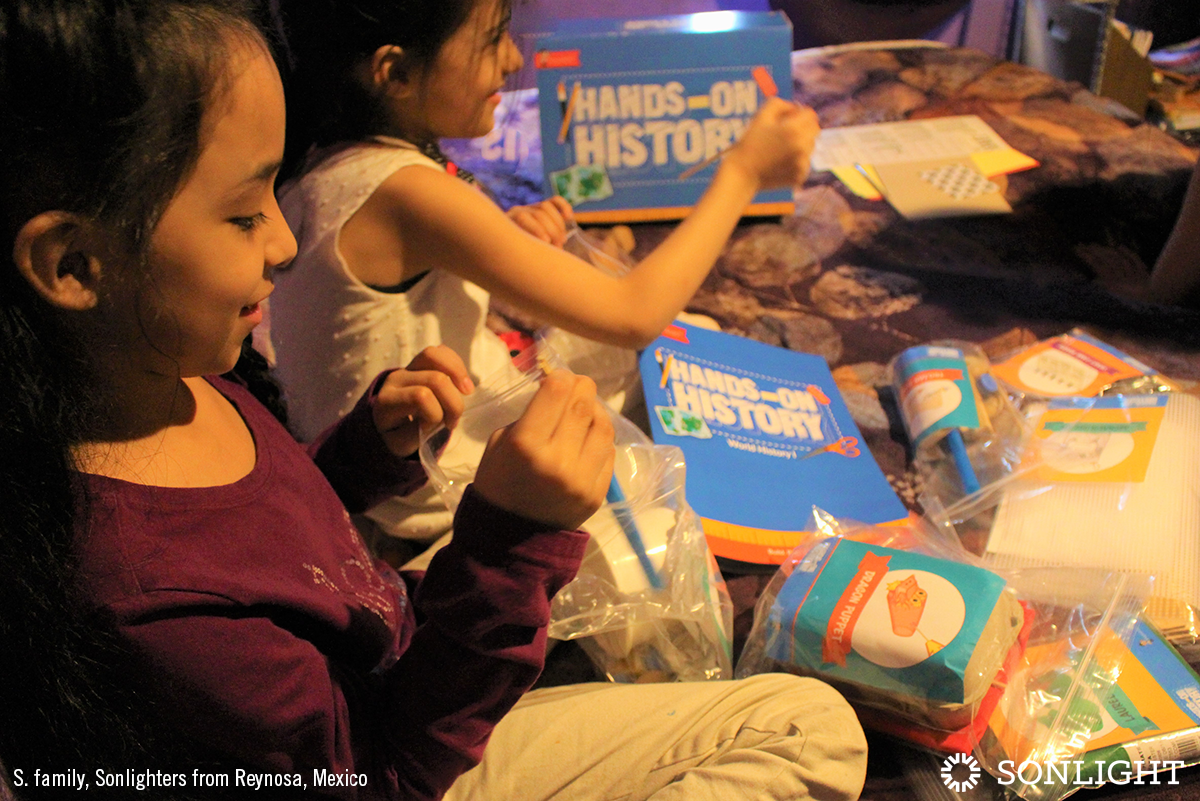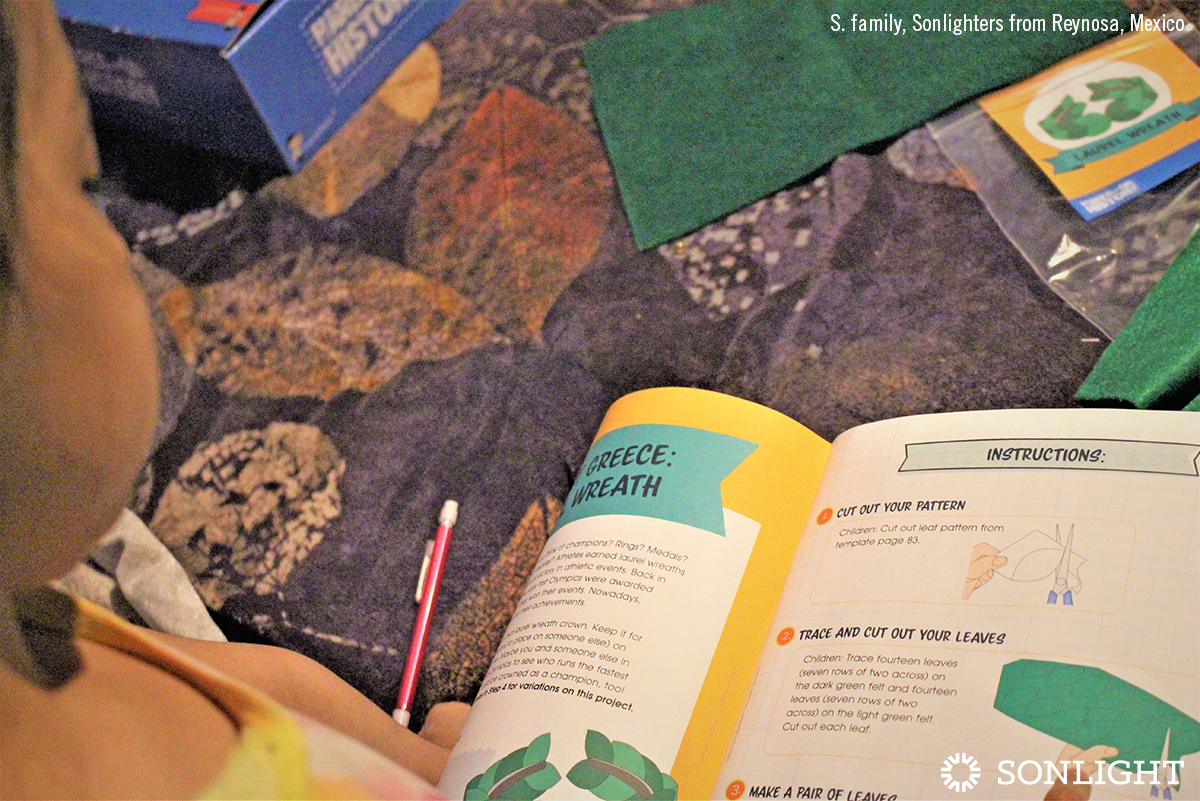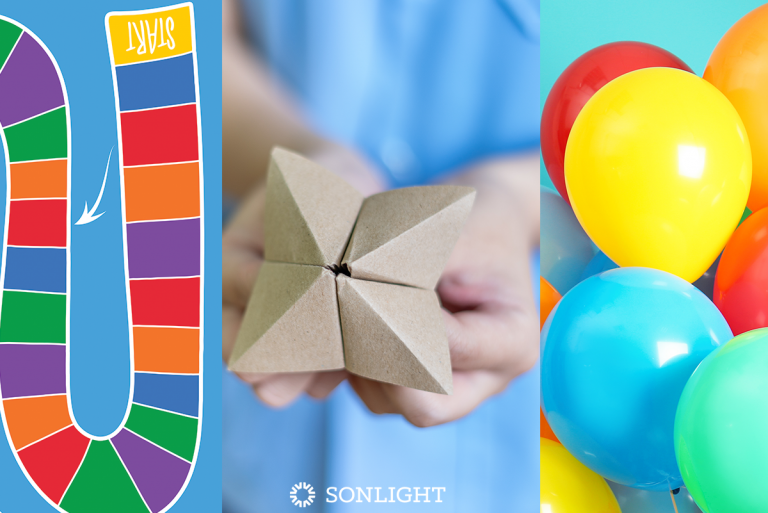
To help your child comprehend and digest Readers and Read-Alouds, Sonlight Instructor’s Guides (IGs) are packed with vocabulary enrichment and discussion questions. These help us to teach our children goodness, truth, and beauty with each and every lesson. Look these over with your child during each day’s lesson as you sit on the couch, eat lunch on a picnic blanket, drink tea at the table, or drive to a friend’s house.
To spice things up every once in a while, use these ten games to make discussion questions and vocabulary more memorable—and fun!
1. Balloon POP!
Write each question on a slip of paper. Roll up the paper and push it into a balloon. Blow up the balloon and tie it off. Your child can pop the balloon to find the question!
2. Fold a “Fortune Teller”
Use this tutorial to fold a “fortune teller” origami game. (Sometimes it's called a cootie catcher.) Write a discussion question under each flap. Play the traditional fortune teller game to review the questions or vocabulary words.
3. Egg Hunt
Write each question or vocabulary word on a slip of paper. Put each question in a plastic egg. Hide the eggs inside or outside. When your child finds an egg, he or she may open the egg, read the question, and then answer it.
4. Play a Board Game
Choose a simple board game like Candy Land or Uncle Wiggley—with a twist. In order to progress in the game, each player must answer one discussion question or define one vocabulary word per turn.
5. Hot Potato!
Following the rules for traditional hot potato, the person left with the potato at the end of each round can ask any other player a discussion question or vocabulary word.
6. M&M mmmm
Open a bag of candy coated chocolates. Assign a discussion question or vocabulary word a color corresponding with an M&M color. Have your child take a handful of candies and hold each one up for a question. Of course, only play this game if you all are up for a tasty treat in the end!
7. Jeopardy!
Try reversing the typical question/ answer process by providing the answer first, just like the Jeopardy! quiz show. If you give your child the answer, can he or she come up with a reasonable question? (To get the hang of this, consider watching at least one episode of the game show Jeopardy! together.)
8. Treasure Hunt
Write each question on a slip of paper with a clue to find the next one. As your child finds each slip of paper, he or she can answer the question in order to progress to the next clue. Be sure to hide a little treasure at the end!
(When I was a kid, my dad always always ended his Treasure Hunts with a piece of DoubleMint Gum. I think of him fondly whenever I chew DoubleMint.)
9. Beach Ball Catch
Play catch using a classic colorful beach ball. Assign each question or vocabulary word one of the colors on the beach ball. When your child catches the ball, ask the question that matches the color under their right thumb.
10. Location, Location, Location
Change things up by asking your child the discussion questions somewhere unusual. Sit under the kitchen table, stand on a chair, lay on the top bunk of bunk beds, squish in the linen closet, or swing on the swing set.
By adding a little fun and surprise to the questions and vocabulary from time to time, you will teach your child creativity, enthusiasm for learning, and a love for life.


